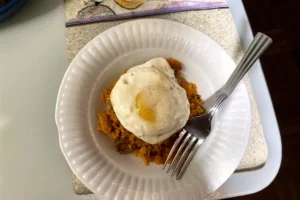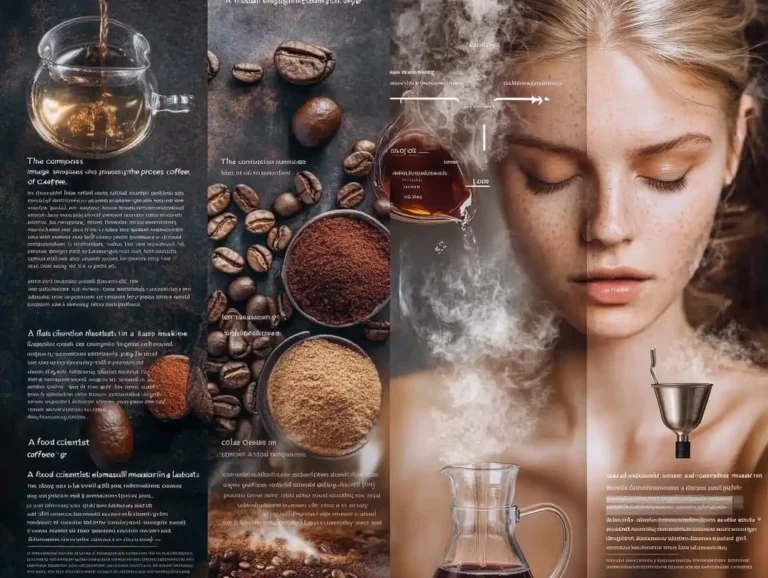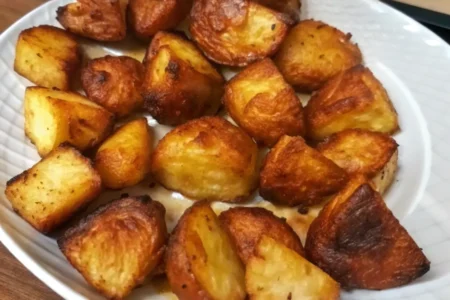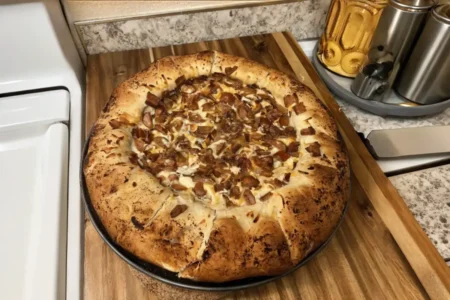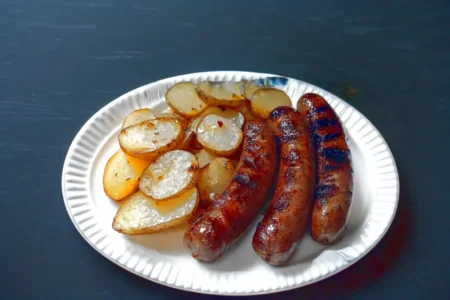Everyone loves the smell of coffee that’s just been brewed in the morning. The warm hug in a mug is what gets your day going. But how do you make the best coffee at home? Oh, sometimes it feels like a bad science experiment. But don’t worry! Food scientist Makenzie Bryson Jackson, MS, and coffee expert Kaleena Teoh told us all about it. They’re telling everyone how to make the best cup of coffee without any fancy tools or barista training. Are you ready to make the best coffee in your kitchen? Come on!
1. Choose The Right Beans
First things first: the beans are more important than you think. No, really. “The best part of a good cup of coffee is the beans you use.” “No doubt about it,” Jackson says. There are two main types of coffee here: Robusta and Arabica.
- Robusta has a low acidity and a high bitterness. Great for people who like strong coffee.
- Arabica: Not as bitter and has more flavor. Great for people who like a complex sip.
As a helpful hint, buy from nearby roasters who roast beans from scratch every week. The key is to be patient. After roasting, give your beans three to five days to rest. The carbon dioxide can escape during this time, which makes the brew smoother.
2. Pay Attention To The Roast
It’s not enough to just roast green beans until they turn brown. It works like magic. The caramel, chocolate, and fruity notes make your mouth water because of the Maillard reaction. Here is a quick guide:
- Light Roast: Bright, fruity, and sour.
- Medium Roast: Just the right amount of sweetness.
- Dark Roast: Strong, bitter, and fancy.
Not sure? You should start with a medium roast and move up (or down) the roast range.
3. Store Your Beans Properly
Have you ever opened a coffee bag and found nothing inside? That’s old coffee, my friend. Light, air, heat, and water are all bad for fresh beans. Keep them in a container that doesn’t let air in and is opaque. Do not put glass jars on the counter, even if it seems cute. Also, don’t put your beans in the fridge. Moisture takes away the taste.
4. Grind It Right
It’s not enough to just break up beans when you grind them. The size of the grind can create or break your coffee. Jackson’s favorite tool for making coffee is a burr grinder. Different grinds mean different tastes. Don’t forget:
- For drip coffee: Think table salt.
- For the French press: Go coarser, like sea salt.
- For espresso: as fine as sugar powder.
Just grind what you need right before you start making coffee. Pre-ground coffee quickly loses its kick.
5. Mind Your Water Quality
You won’t believe it, but your water can ruin your coffee. Bitter tastes stronger in water that is hard and full of minerals. Water that has been distilled or filtered is just right. What do you think your coffee will taste like if the water in your tap smells like chlorine?
6. Nail The Coffee-to-water Ratio
The amount of coffee to water is like the dial for flavor. According to Teoh:
- 1:15 for a strong and bold cup.
- 1:18 or 1:19 for a smoother, lighter brew.
Try out different ratios until you find the one that works best for you.
7. Get The Temperature Right
Coffee gets burned when the water is too hot. Water that is too cool pulls it out too much. Jackson says to brew at temperatures between 195°F and 205°F. Why not use a simple thermometer instead? Before you pour, let the water cool for 30 seconds after it boils.
8. Pick Your Brewing Method
How you brew your coffee affects the taste and texture. These are some common ways:
- Rich and full-bodied, like a French press. There are more oils when there is no filter.
- Pour-Over: Fresh, clean, and nice-smelling.
- Espresso Machine: Strong, lively, and full of power.
Your way of life is important here. Need speed? Pick a drip machine. Do you like the ritual? You should use pour-over.
9. Time Your Brew
Extraction is affected by timing, and the flavor is affected by extraction. A 3 to 4-minute brew time is best for drip or pour-over coffee. Like the French press? Wait four to five minutes. Espresso? About 25 to 30 seconds. If the coffee tastes too sour, let it brew for a little longer.
10. Taste And Tweak
Not everyone can make perfect coffee. Some people like it loud enough to wake the neighbors up, while others would rather have a soft push. Make, taste, and make changes. One thing at a time—the grind size, the water ratio, or the brew time—until you get the cup that you love.
Final Sip
It’s not hard to make the perfect cup of coffee. It only takes a little knowledge and a lot of aroused interest from caffeine. If you follow these tips, your homebrew will soon be as good as any overpriced coffee drink. Now, go out and grind, brew, and sip your way to a happy morning. There’s not enough time in the day for bad coffee.



